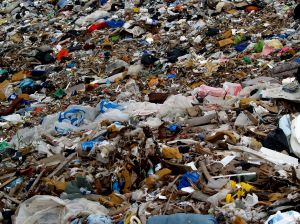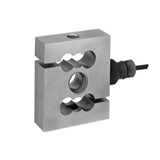So dire is the electronic waste contamination problem in Asia that it can potentially spread worldwide, a leading environmental researcher told the CleanUp 2011 Conference in Adelaide this month.
Professor Ming Hung Wong from Hong Kong Baptist University said the illegal shipping of e-waste to developing countries in recent decades, coupled with inadequate handling and disposal methods, can potentially return the pollutants to developed nations.
Using China as an example, Professor Wong said it used to be a popular dumping site for e-waste, with 70 per cent of the world’s e-waste sent there: "In recent years, a lot of these waste products have been rejected due to stricter rules. However, these shipments are either abandoned in Hong Kong, or now find their way to other countries, such as Pakistan or India," he said.
"In 2009 alone, 53 million tonnes of e-waste were generated worldwide. It’s the fastest growing waste source in the world, which includes discarded products such as computers, refrigerators, phones, televisions, printers and more."
In spite of the development of newer technology and methods to recycle e-waste, the recycling process in many developing regions is still primitive, with few or no facilities or trained professionals to ensure safe disposal of toxic products, he said.
Piles of wire with plastic casings are often burned to recover the metal, and circuit boards are slowly grilled over coal to release valuable chips.
"The slow burning of these products releases large quantities of hazardous chemicals to the surroundings, while the ashes are often contaminated with lead and other metals," he said.
"These persistent pollutants end up everywhere – the air, the ocean, or leak into soil and groundwater. This problem has been identified in China, the Philippines, Vietnam, Pakistan and India.
"It’s no longer a problem that is confined to the villages that deal with e-waste, because when water and soil is polluted, everyone is vulnerable to the food products that are exported from these regions," Professor Wong said.
"The adverse health effects of the workers and residents of the e-waste recycling sites, due to various toxic chemicals have been demonstrated by different studies. What is more important is that these chemicals are transferred to the next generation through pregnant mothers."
Steps have been taken by some manufacturers to reduce the generation of hazardous e-waste in the first place, Professor Wong said, but vigilance and rigorous surveillance are necessary to ensure that they all adhere to the rules and stop shipping e-waste to Asia.
"Although some hazardous chemicals, including flame-retardants and heavy metals such as mercury, chromium, cadmium, and lead have been banned from use in the manufacture of electrical and electronic equipment (EEE), these regulations were set five years ago, which means that we still have a vast amount of older electrical and electronic equipment once they’re discarded.
"The key is to ensure that e-waste is not smuggled from developed countries to poorer nations where they dispose of it with out-dated and unsafe methods. This includes validating that products labelled ‘re-usable’ are genuinely so, and not simply disguised as such when they are really intended for recycling."
Professor Wong said the world should consider imposing a tax on all EEE to ensure that when the equipment is discarded, the cost of recycling it properly is covered.
"This is a worldwide problem where everyone should take heed, because the lifespan of EEEs is getting shorter, and the turnover rates are faster. This means we are producing more and more toxic contaminants every year – and they have to end up somewhere."










